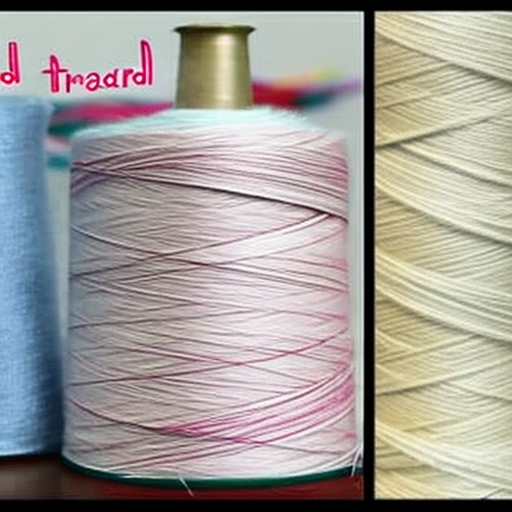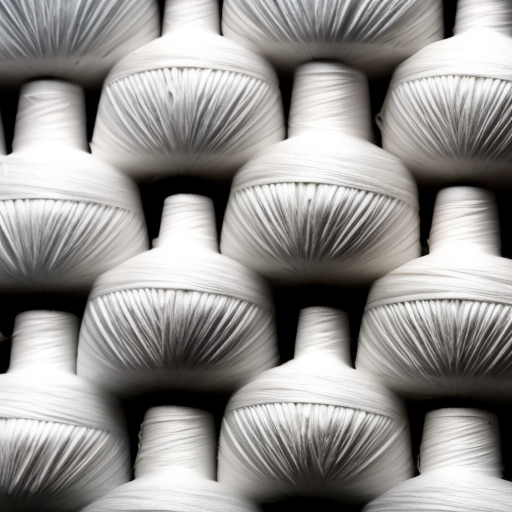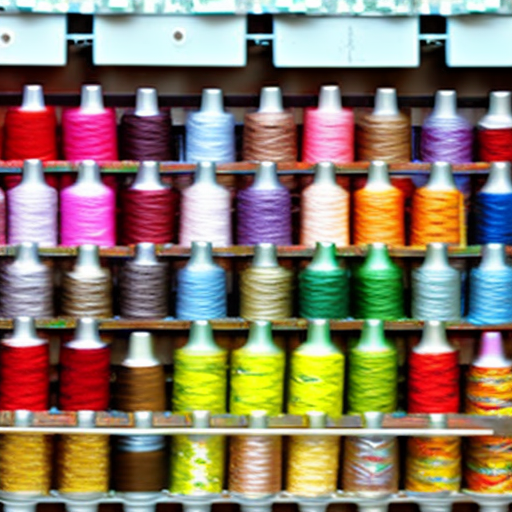
Choosing the right sewing thread is essential for achieving strong and durable seams. While there are various types and brands available, it’s important to know how to identify whether the thread you have is of good quality or not. Here are some signs to look out for:
1. Weak and Thin Fibers
Inspect the thread fibers closely. If the thread appears weak, thin, or frayed, it may be an indication that it is of low quality. Good quality threads should have sturdy and smooth fibers that can withstand tension and won’t easily break during sewing.
2. Inconsistent Thickness
Run your fingers along the thread to feel for any inconsistent thickness. A high-quality thread will have a consistent diameter, while a bad thread might have irregular thick and thin sections. Inconsistent thickness can affect the strength and appearance of your stitches.
3. Poor Colorfastness
Check the colorfastness of the thread by moistening a small section and rubbing it against a white fabric scrap. If the dye transfers easily, it indicates poor colorfastness. Threads with low colorfastness tend to bleed when exposed to moisture or washing, which can stain your fabric.
4. Excessive Lint
Inspect the thread for excessive lint accumulation. Poor quality threads often generate more lint, leading to clogged machine parts and decreased stitch quality. Linty threads can also leave unwanted fiber residue on your fabric, making it look messy and unprofessional.

Using bad-quality sewing thread can result in weak seams, fabric damage, and overall dissatisfaction with your sewing projects. It’s worth investing in a reputable brand that offers reliable and durable threads.
Conclusion
Identifying bad sewing thread is crucial for ensuring the success and longevity of your sewing projects. By paying attention to the thread’s fiber strength, consistency, colorfastness, and lint accumulation, you’ll be better equipped to choose high-quality threads for your sewing needs.
Remember, using good-quality thread not only enhances the durability and appearance of your creations but also ensures a frustration-free sewing experience.





Great post – thank you for sharing your expertise!
Foley Lee: Super helpful, thanks for the advice!
Excellent post, thanks for demystifying the process of knowing if sewing thread is bad! It’s a great resource for any level of sewer.
I really appreciate the detailed advice – it’s very helpful to the sewing community!
Thanks for the great tips! Very informative.
Clear and straightforward explanations – this post is invaluable to sewers everywhere!
Great post – you’ve provided an invaluable resource for sewers! Clear and detailed instructions that can be easily followed. Highly recommended!
This is such a useful post – incredibly helpful for new sewers, and experienced ones too! Thanks for providing this great resource.